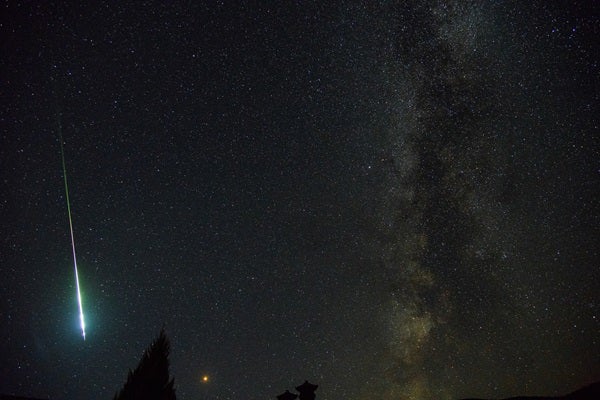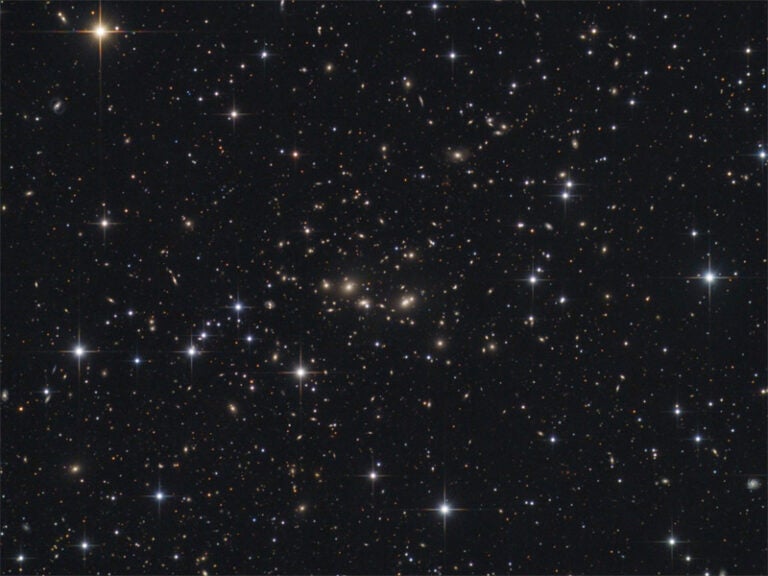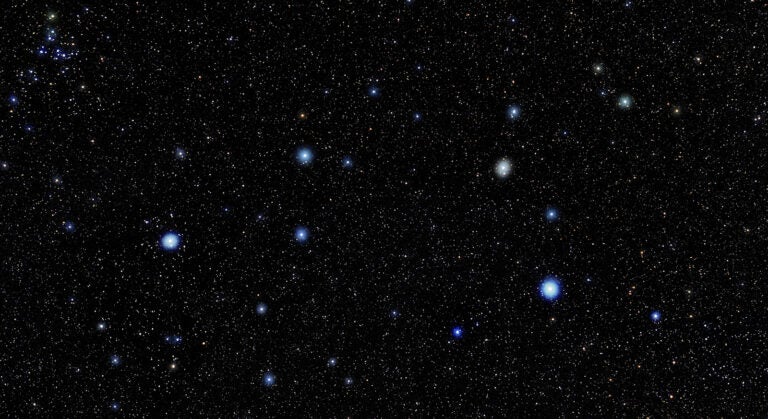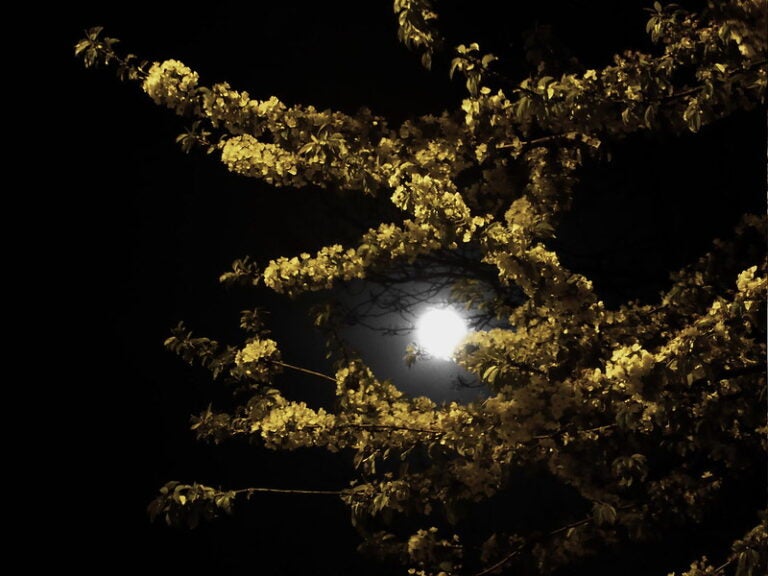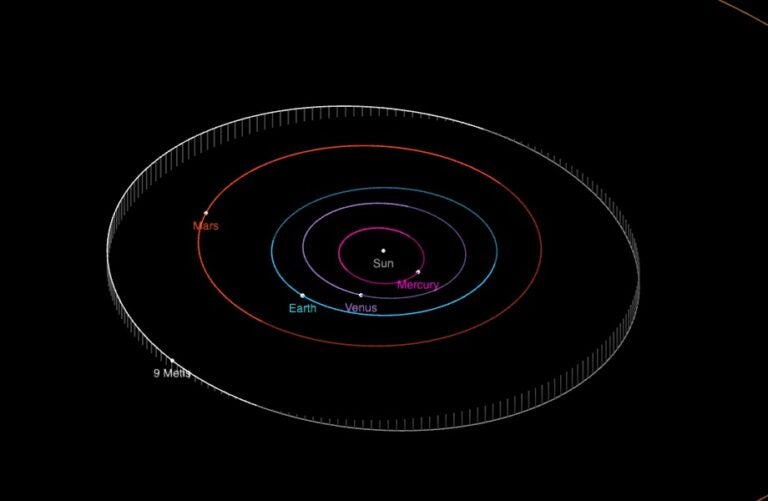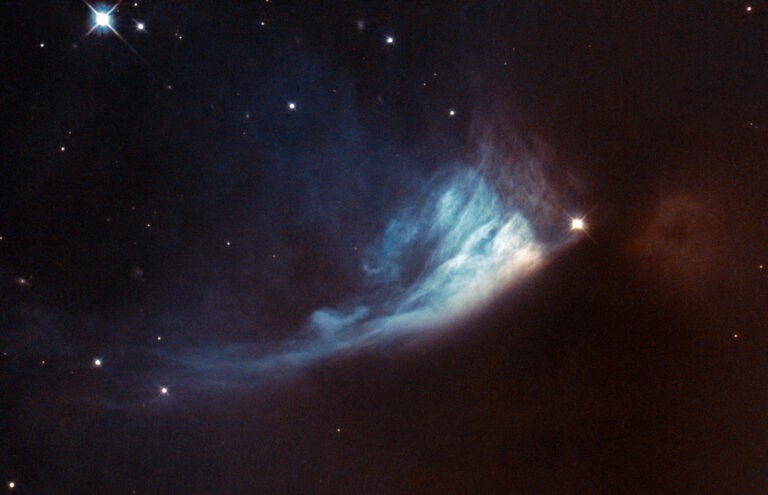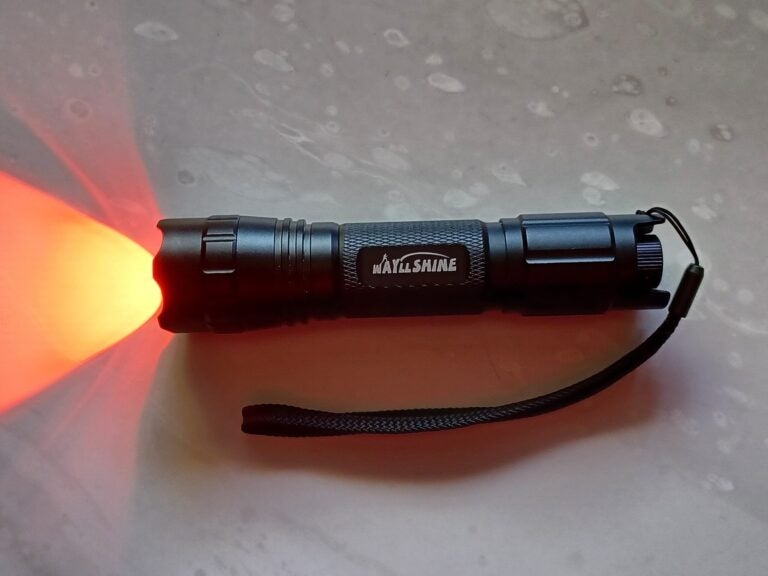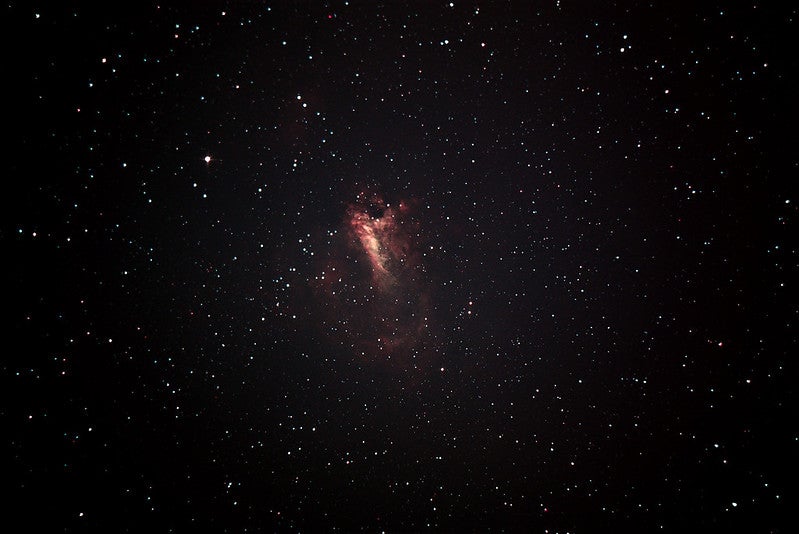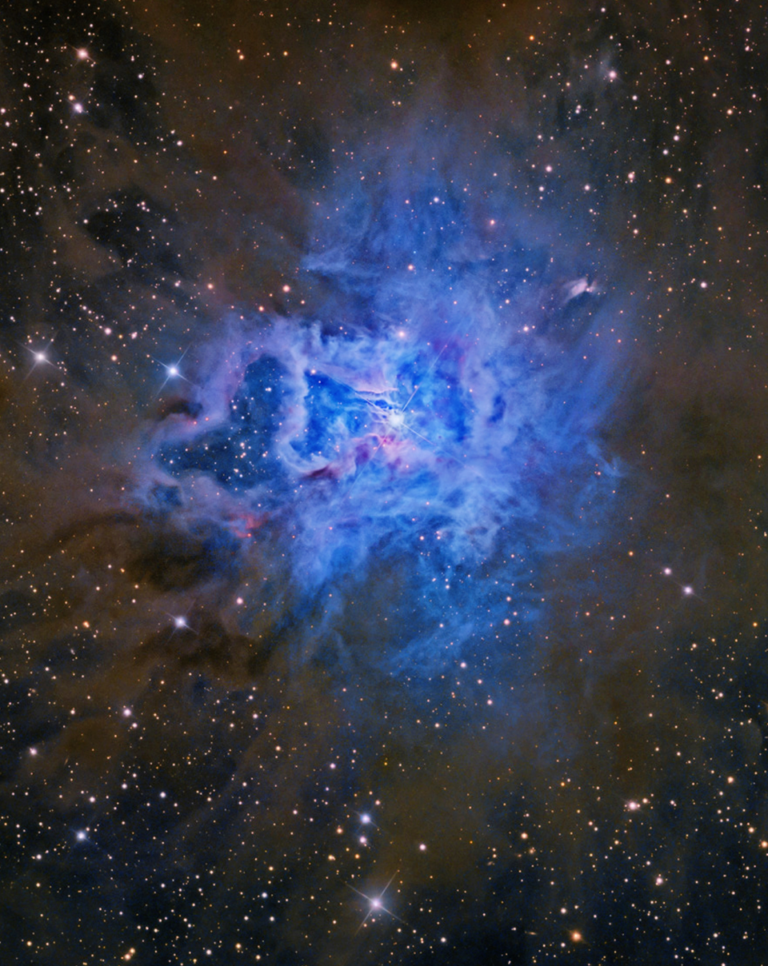It’s still worth checking the skies in the hour or so before dawn, however, because the Perseids produce more of the extremely bright meteors known as fireballs than any other shower. For the best view, choose an otherwise dark site and position yourself so that a building or tree blocks your view of the Moon low in the southwest. You may see only a dozen or so “shooting stars” per hour, but that’s still a better rate than you’ll get with all but a handful of other meteor showers.
Another option is to observe a morning or two before the peak. The Perseids deliver roughly half their maximum rate a day from the peak and a quarter dose two days removed. But the Moon sets nearly an hour earlier on August 12, providing a longer dark-sky window for meteor viewing.
Perseid meteors appear to radiate from a point in the constellation Perseus, which rises in early evening and climbs two-thirds of the way to the zenith as twilight starts to paint the sky.
For more viewing targets, visit the Sky This Month.

